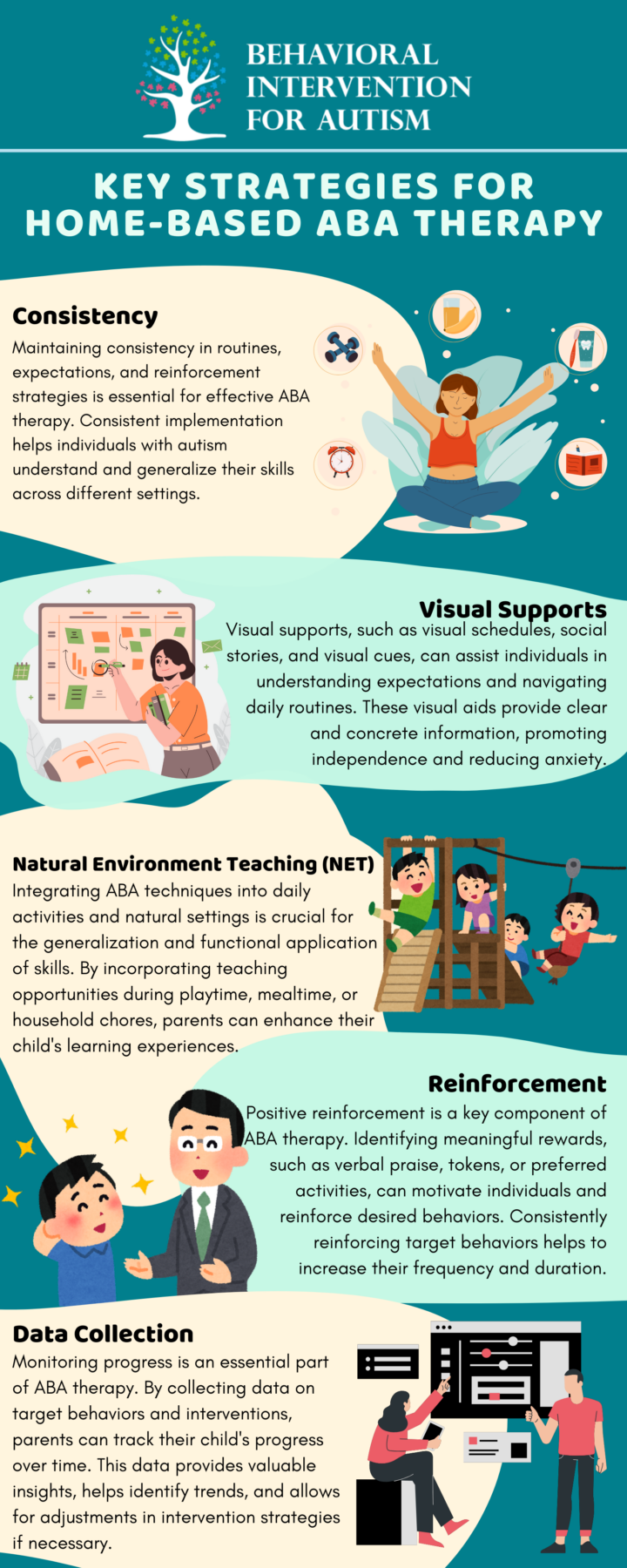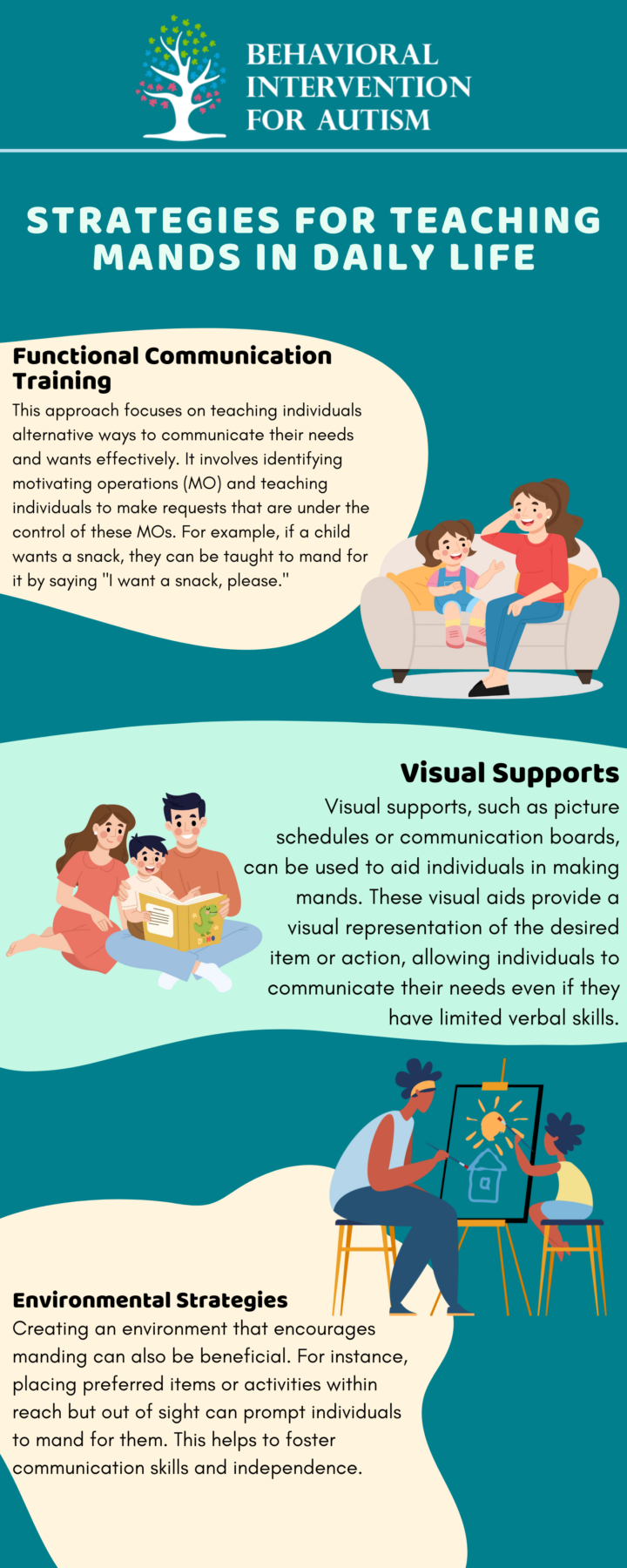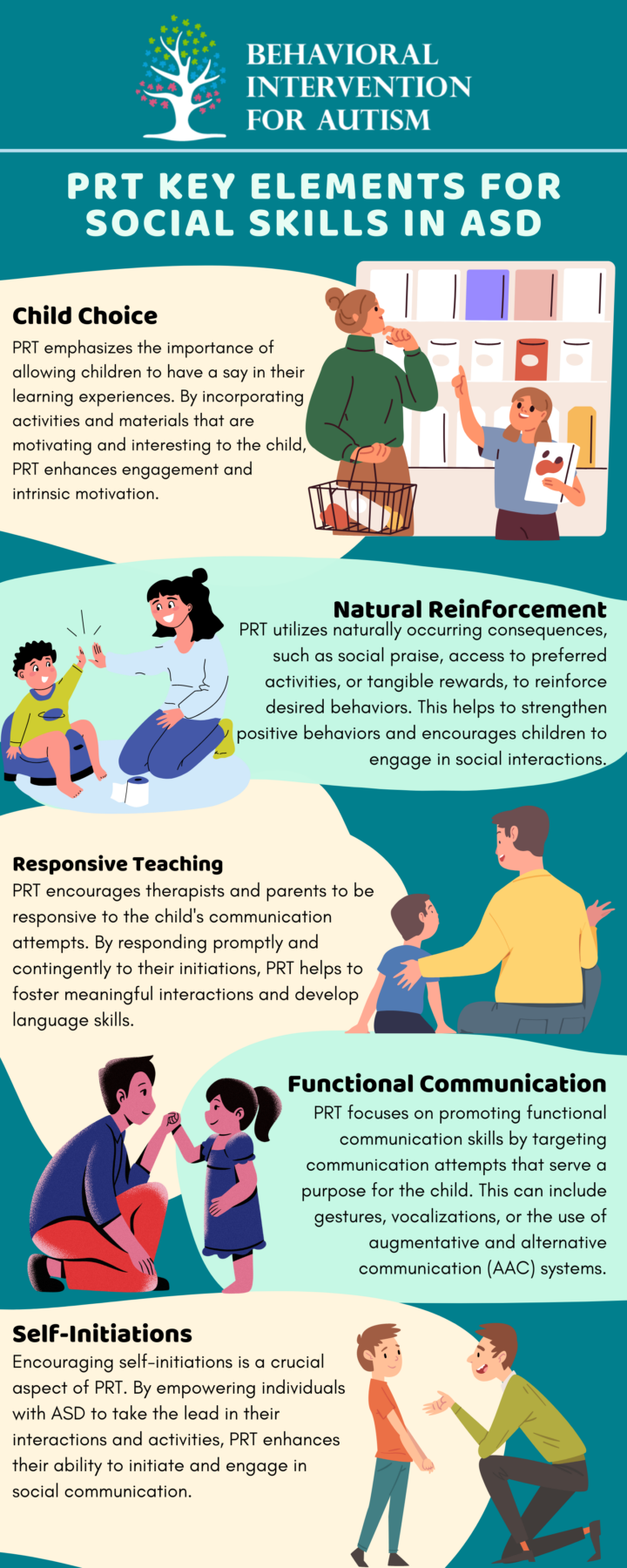Applied Behavior Analysis (ABA) is widely recognized as one of the most effective therapies for individuals with autism. It focuses on understanding and modifying behaviors through systematic and evidence-based techniques. ABA therapy can be implemented both in clinical settings and in the comfort of one’s home.
Overview of ABA Therapy
ABA therapy is often referred to as the gold standard of autism therapy. It involves breaking down complex behaviors into components and using positive reinforcement to increase desired behaviors while reducing challenging ones. Therapists set specific, measurable goals and track progress over time.
The principles of ABA therapy are based on the concept that behavior is influenced by the environment. By carefully analyzing the antecedents (triggers) and consequences of behaviors, therapists can identify patterns and develop strategies to promote positive changes. ABA therapy focuses on enhancing social interactions, teaching new skills, and shaping behavior.
While some autism advocates have raised concerns about ABA therapy’s reliance on behavior modification principles, many professionals recommend it and report its success in improving various aspects of an individual’s life.
implementing aba at home
Parents and caregivers have the opportunity to play a critical role in implementing ABA techniques at home. With quick online training programs or formal certification, they can acquire the necessary skills to support their loved ones effectively.
Implementing ABA techniques at home involves creating a structured and supportive environment that encourages learning and positive behavior. Here are some key strategies for incorporating ABA therapy into the home setting:

Implementing ABA techniques at home requires dedication, patience, and ongoing collaboration with professionals. By working closely with ABA therapists, caregivers, and parents can create a supportive environment that maximizes benefits of ABA therapy for individuals with autism.
alternative aba home therapies
While Applied Behavior Analysis (ABA) therapy is a widely recognized and effective approach for individuals with autism, there are alternative home therapies that can complement and enhance the progress made through ABA. These therapies focus on different aspects of development and can be implemented in the comfort of your own home. Let’s explore three popular alternative home therapies: Floortime Therapy, Relationship Development Intervention (RDI), and Parent-Child Interaction Therapy (PCIT).
floortime therapy
Floortime therapy, also known as DIR/Floortime (Developmental, Individual Differences, Relationship-based approach), emphasizes the importance of play and interaction in promoting social and emotional development in children with autism. This therapy aims to increase “circles of communication” by encouraging back-and-forth interaction between the child and caregiver.
During Floortime sessions, parents or caregivers actively engage with the child on the floor, following their lead and interests. This approach helps the child develop essential social skills and make emotional connections. Floortime therapy sessions typically last 20 minutes or more and can be conducted by parents themselves. Online courses, videos, books, or working with a Floortime therapist can provide guidance and techniques for implementing Floortime at home.
relationship development intervention (rdi)
Relationship Development Intervention (RDI) is a therapeutic technique that focuses on helping parents or guardians support their autistic children in building social communication skills. RDI promotes activities that enhance flexibility in thinking and handling social situations. Working with a consultant, parents learn strategies and methods to guide their child’s development.
RDI provides a structured approach, offering a prescribed series of goals and activities for parents to follow. The aim is to empower parents to create meaningful and engaging experiences that foster social growth and interaction. By actively participating in RDI, parents become key players in their child’s development and social success.
parent-child interaction therapy (pcit)
Parent-Child Interaction Therapy (PCIT) is specifically designed for children with aggressive behaviors and is provided by trained parents or guardians. The primary objective of PCIT is to disrupt negative behaviors by establishing clear limits and authority within the parent-child relationship. This therapy emphasizes building a strong and secure attachment relationship between parent and child.
During PCIT sessions, parents are coached in real-time by a therapist, guiding them to use specific techniques to address challenging behaviors. These techniques focus on improving the quality of parent-child interactions and promoting positive discipline strategies. The ultimate goal of PCIT is to improve the mental health and well-being of both the parent and the child.
Exploring these alternative home therapies provides additional tools to support the development and progress of individuals with autism. Combining ABA therapy with alternative home therapies offers a comprehensive and holistic approach to addressing the unique needs of individuals on the autism spectrum. It is essential to consult with professionals and experts in these therapies to ensure proper implementation and maximize their benefits.
speech and communication therapy
Speech and communication therapy plays a vital role in supporting individuals with autism in developing their speaking skills and enhancing their nonverbal communication abilities. The significance of speech therapy will be explored, along with practical guidance on how to apply speech therapy techniques at home.
importance of speech therapy
Speech therapy is a valuable intervention for individuals with autism, enhancing both verbal and nonverbal communication skills. It aims to expand vocabulary, improve articulation, promote social interaction, and refine sentence structure. For children with autism, it helps overcome communication challenges, reduce frustration, and improve overall quality of life by effectively expressing needs, thoughts, and emotions.
implementing speech therapy at home
Implementing speech therapy techniques at home can be an effective way to support the progress made during formal therapy sessions. Parents and caregivers can play a significant role in providing aspects of speech and communication therapy with relatively little training.
Programs like Hanen‘s More Than Words and Talkability are specifically designed for parents and caregivers to use with their autistic children. These programs aim to promote bonding while enhancing communication skills. They provide practical strategies that can be easily incorporated into daily interactions and routines.
In addition to specific programs, there are various techniques that parents can use when implementing speech therapy at home. These include:
- Using signs, gestures, and pictures: Incorporating visual supports can aid in comprehension and communication. Picture cards, simple signs, and gestures can help individuals with autism express their needs and desires.
- Using electronic speaking devices: Augmentative and alternative communication (AAC) devices, such as tablets or dedicated communication devices, can be valuable tools for individuals who struggle with verbal communication. These devices allow them to select and produce words or phrases to convey their thoughts.
- Creating a communication-friendly environment: Creating an environment that encourages communication is essential. This can be achieved by minimizing distractions, using visual schedules or calendars, and providing opportunities for social interaction.
Each person with autism is unique, so their speech therapy needs vary. Consulting a speech-language pathologist can offer tailored guidance for at-home techniques. By using these methods at home, parents and caregivers can actively support communication development and foster meaningful interactions.
feasibility and effectiveness
Considering in-home ABA therapy requires an examination of its feasibility and effectiveness. Two key aspects will be examined: compliance and acceptability, along with outcome measures and improvements.
compliance and acceptability
Feasibility studies have reported on the acceptability and implementation of home-based training programs for ABA therapy. Overall, compliance with these programs has been found to range from 56% to 99%. This indicates that many parents and caregivers can effectively implement ABA therapy techniques at home.
Parents’ experiences with home-based therapy programs have generally been positive. They have reported finding it relatively easy to carry out the therapy sessions at home and have taken pleasure in witnessing their children’s progress. However, it is worth noting that some parents have encountered challenges in incorporating the therapy program into their daily routines.
outcome measures and improvements
In terms of effectiveness, studies on in-home ABA therapy have utilized various outcome measures to assess the impact of the intervention. More than 40 different child-related outcome measures have been identified in these studies. One notable improvement observed across multiple studies is in arm-hand performance within the intervention group over time.
While child-related outcome measures have been extensively documented, only a few studies have reported on parent-related outcome measures. Interestingly, these studies have shown no increase in parental stress during the intervention. This suggests that parents can actively engage in the therapy sessions without experiencing a significant rise in stress levels.
Evaluating the effectiveness of home-based ABA therapy is challenging due to variability in interventions, participants, and outcome measures. Despite these limitations, high compliance rates and positive parent feedback suggest potential benefits. More research is needed to standardize approaches and provide stronger evidence of effectiveness.

challenges and considerations
Implementing in-home ABA therapy comes with its own set of challenges and considerations. While many parents and caregivers find it beneficial and rewarding, there are certain aspects to keep in mind to ensure a successful therapy experience.
parental experience
The experience of parents and caregivers plays a significant role in the effectiveness of in-home ABA therapy. Studies have shown that parents generally find it easy to carry out home-based therapy programs and enjoy witnessing their children’s improvements. However, it is important to acknowledge that every family’s experience may vary.
Each child and family has unique circumstances and may face different challenges along the way. Parents and caregivers must have a support system in place, whether it be through professional guidance, support groups, or access to resources. Open communication with the therapy team and seeking clarification, when needed, can also contribute to a positive parental experience.
incorporating therapy into daily routine
One of the key considerations when implementing in-home ABA therapy is incorporating it into the daily routine. While it offers the advantage of flexibility and convenience, some parents may find it difficult to integrate therapy activities into their daily schedules seamlessly.
Finding the right balance between therapy sessions and other daily responsibilities can be a challenge. It may require careful planning and time management. However, making therapy a consistent part of the daily routine can yield significant benefits in terms of progress and skill development.
To overcome this challenge, parents can create a structured schedule that includes designated therapy time slots. This helps establish a routine and ensures that therapy activities are given attention. It may also be helpful to involve other family members or caregivers in the therapy process to distribute the responsibilities and create a supportive environment.
Awareness of these challenges and considerations allows parents and caregivers to navigate the in-home ABA therapy journey more effectively. By providing tailored support, maintaining flexibility, and seamlessly integrating therapy into daily routines, you can maximize positive outcomes and improvements in your child’s development.
Behavioral Intervention for Autism offers top-notch ABA therapy in Florida, delivering high-quality, personalized care to support your child’s unique needs.
Contact us today to learn more about how we can assist you on this journey.





























